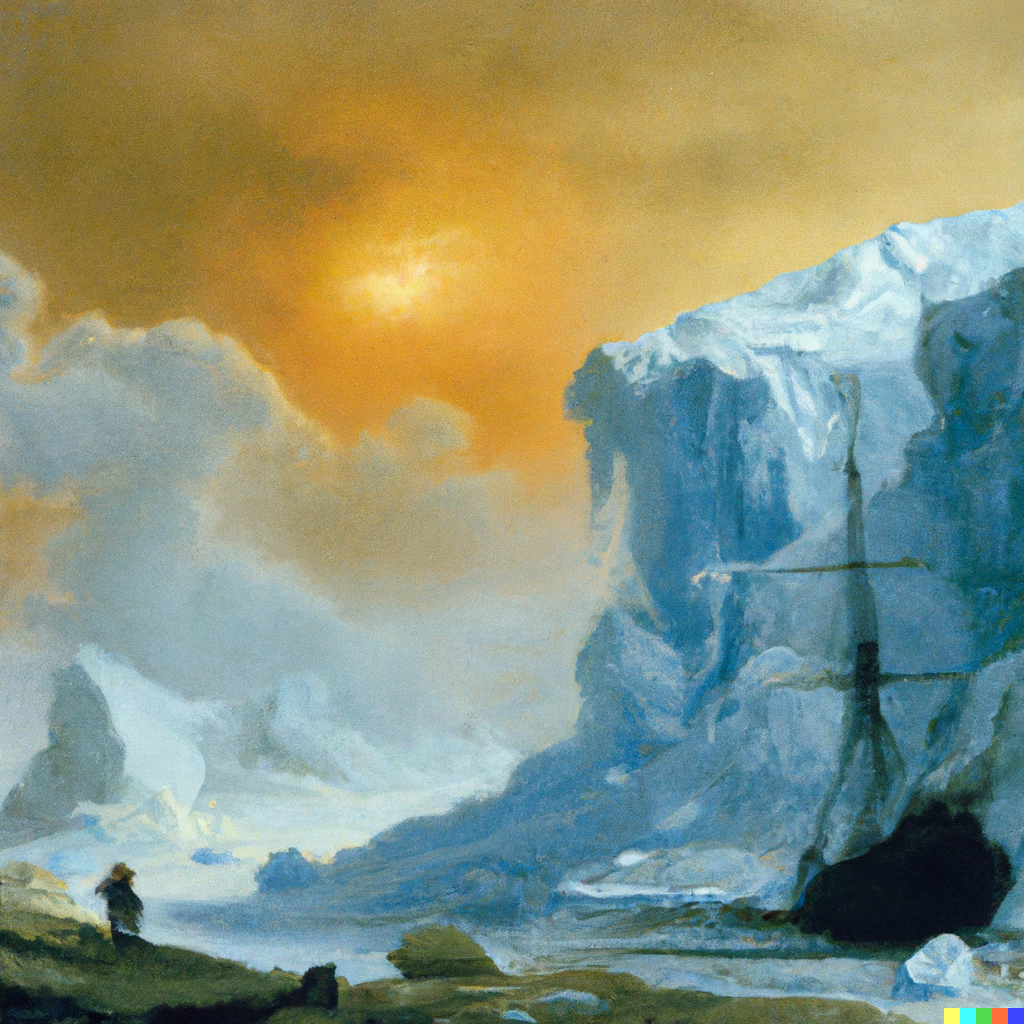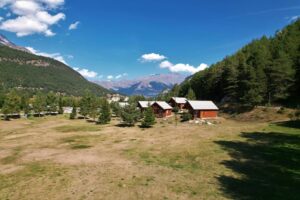Melting of the Greenland Ice by William Turner
The melting of the ice in Greenland, referring to the gradual loss of ice from the ice cap covering this region of the Earth, is one of the many consequences of current climate change.

Based on Dall-E artificial intelligence
When Greenland’s ice melts, the freshwater that is released flows into the ocean. This phenomenon has a number of impacts, all of which have a significant effect.
The first, and best known, is the rise in sea levels. As Greenland ice is contained on a piece of land and formed from rainwater or snow, when it melts it adds additional quantities of water, helping to raise the level of the planet’s seas and oceans. On the contrary, sea ice, which is formed directly from seawater and can be seen in the Arctic, does not change this level.
There is a difference in density between freshwater and saltwater, the freshwater being less dense. This variation can have an impact on the circulation of ocean currents (thermohaline circulation) and, by extension, atmospheric circulation, as the distribution of air masses in the Arctic region is altered.
In addition, as the ice surface shrinks, it gradually becomes darker, absorbing more of the sun’s rays and heat. Changes in air temperature and pressure can then occur, leading to the formation of cyclones and anticyclones. The creation of this temperature gradient between the Arctic and more temperate zones can influence wind trajectories and thus affect the position of these weather systems (cyclones and anticyclones). This is known as the “Arctic amplification” phenomenon.
In this context, William Turner, the famous English painter, might have imagined a painting depicting the impact of the melting Greenland ice on sea-level rise, in his characteristic romantic style. The painting would be a powerful and thought-provoking representation of the beauty and fragility of the Earth’s natural systems, and a reminder of the importance of taking action to mitigate the effects of climate change. The colours would be striking and moving, with a blue and white hue, creating a sense of immensity and power, but also of distress and loss.






